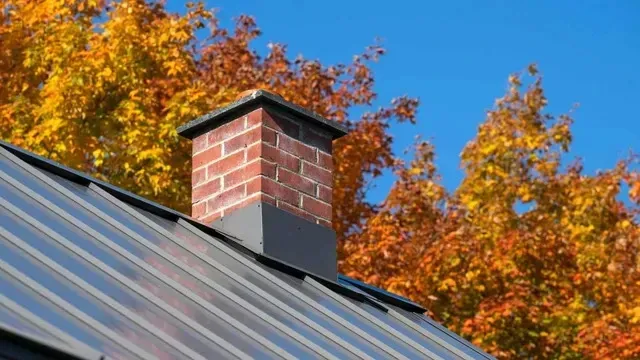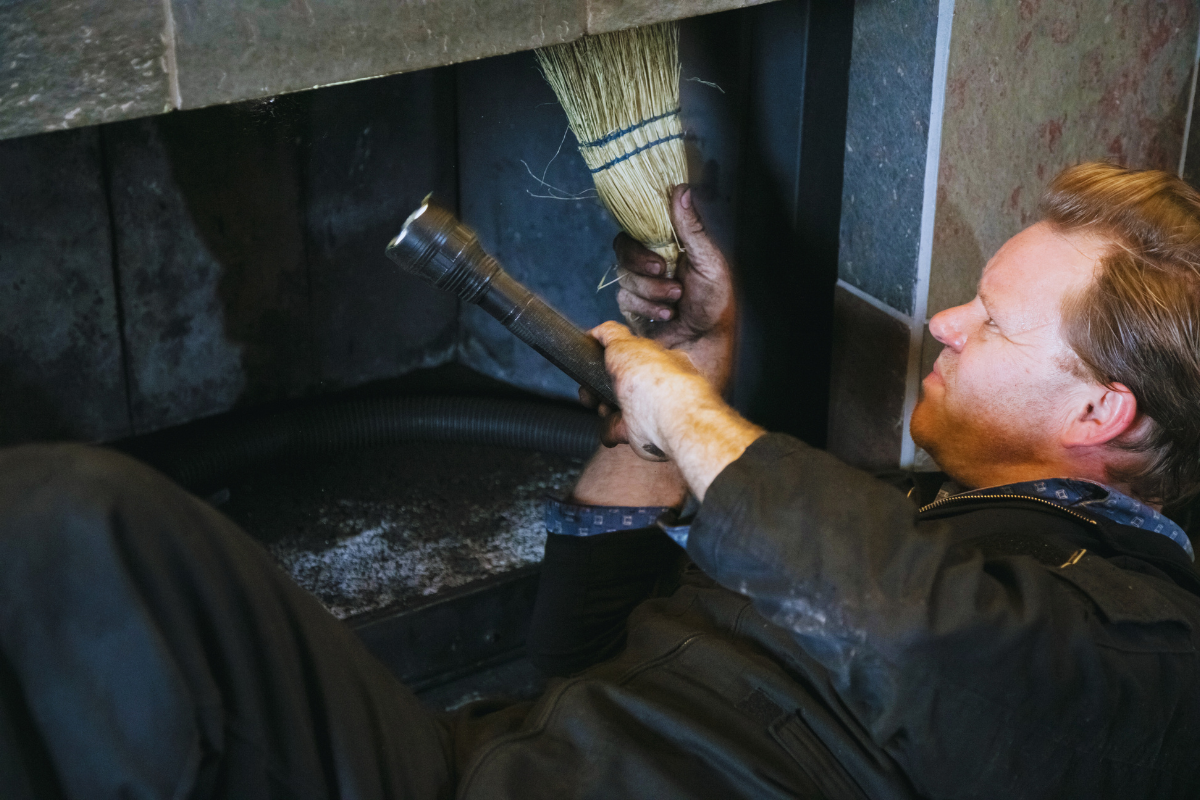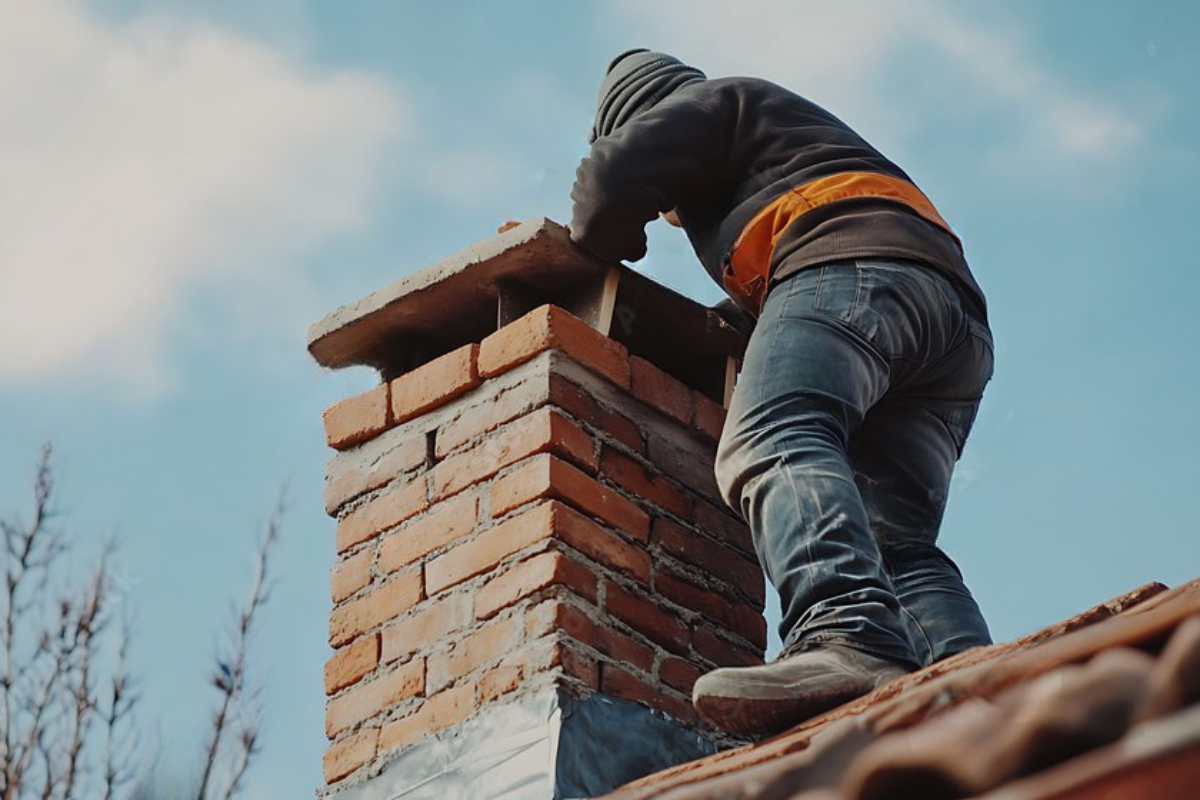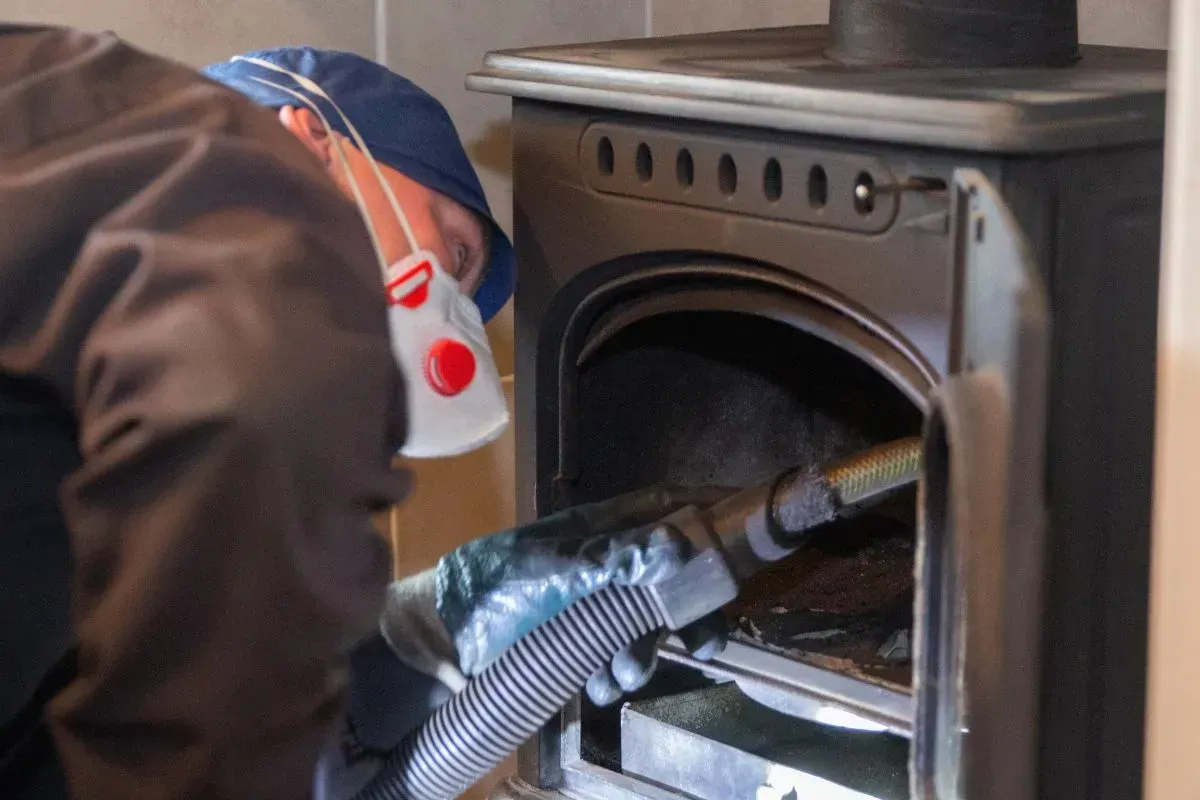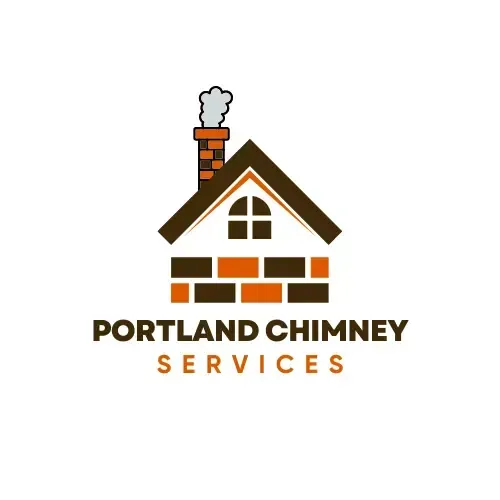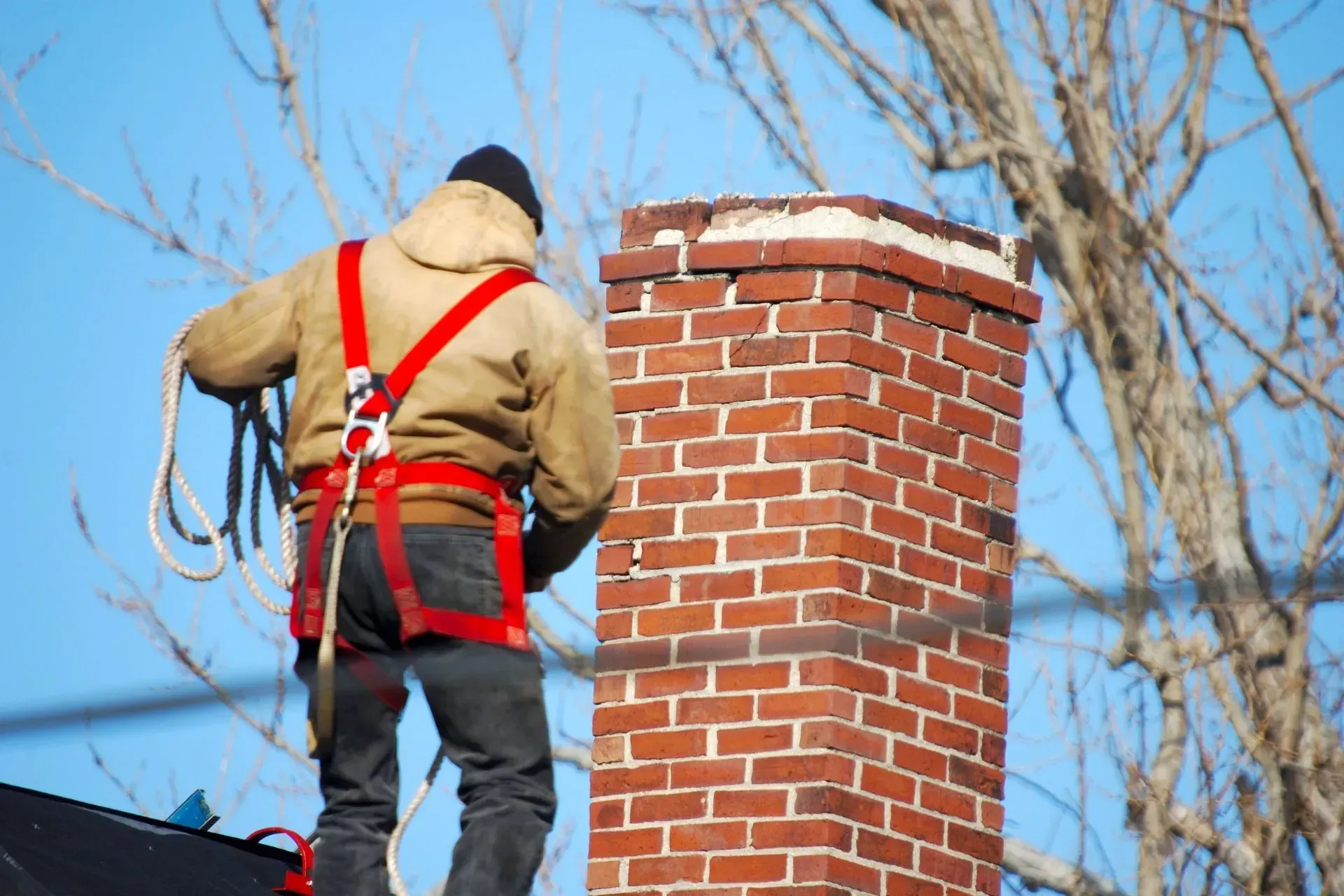Your chimney stands as a silent guardian of your home, braving the elements year after year. But this constant exposure to rain, wind, sun, and freezing temperatures takes its toll, particularly on the mortar holding its bricks together. You might notice crumbling lines, gaps, or even loose bricks, and your first thought might be the dreaded, expensive prospect of a full rebuild. But what if there was a way to restore your chimney's strength and beauty without tearing it down? Enter tuckpointing—the meticulous craft of chimney restoration that saves you time, money, and a whole lot of stress. Here at Portland Chimney Service, we believe in smart repairs, and tuckpointing is one of the smartest investments you can make in your home's safety and longevity.

What Exactly is Tuckpointing?
Tuckpointing is a specialized masonry repair technique used to fix deteriorating mortar joints in brickwork. The process involves two key steps: first, the old, damaged mortar is carefully ground or routed out from between the bricks. Second, new mortar is applied in two layers. The first layer is a base mortar that matches the color of the bricks, filling the joint completely. Then, a thin line (or 'tuck') of contrasting mortar is applied down the center to create the illusion of perfectly crisp, new joints. This not only restores the structural integrity of the chimney but also dramatically improves its appearance.
The Unseen Enemy: Why Mortar Fails
Mortar is designed to be the sacrificial element of your chimney. It's intentionally softer than the bricks so that when stress from temperature changes and moisture occurs, the mortar cracks instead of the bricks. This is by design, but it means mortar has a finite lifespan. Several factors accelerate its decay:
- The Freeze-Thaw Cycle: Water is the primary culprit. It seeps into porous mortar, and when temperatures drop, it freezes and expands. This expansion exerts immense pressure, causing the mortar to crack, crumble, and flake away over time.
- Acid Rain: Pollutants in the atmosphere can make rainwater acidic. This acid chemically reacts with the lime in mortar, slowly dissolving it and weakening its bond.
- House Settling: Minor shifts in your home's foundation can create stress on the chimney structure, leading to cracks in the mortar joints.
- Improper Construction: Using the wrong type of mortar mix during the initial construction can lead to premature failure.
Spotting the Signs: When Your Chimney is Crying for Help
Catching mortar damage early is key to avoiding more extensive and costly repairs. Grab a pair of binoculars and inspect your chimney for these tell-tale signs:
- Visible Cracks or Gaps: Are there noticeable cracks in the mortar? Can you see gaps where the mortar has fallen out completely?
- Flaking or Spalling Bricks: If the mortar is compromised, water can get into the bricks themselves. When this water freezes, it can cause the face of the brick to pop off or flake away—a condition called spalling.
- Efflorescence: Have you noticed a white, powdery substance on the outside of your chimney? This is efflorescence, which is salt deposits left behind as water evaporates from the brickwork. It's a clear sign of moisture penetration.
- Damp Patches or Water Leaks: Water stains on the walls or ceiling near your chimney are a serious red flag, indicating that water is getting through your chimney structure.
- Vegetation Growth: Moss or small plants growing from your chimney joints mean there's enough trapped moisture and decayed material to support life—a definitive sign of serious mortar deterioration.
The Tuckpointing Process: A Master Mason's Craft
Professional tuckpointing is more than just slapping some new mortar into the gaps. It's a meticulous process that requires skill, precision, and the right materials to ensure a lasting repair. At Portland Chimney Service, our approach is thorough:
- Detailed Inspection: We start with a comprehensive assessment to determine the extent of the damage and identify the root cause of the mortar failure.
- Removing Old Mortar: Using specialized grinders and tools, we carefully remove the damaged mortar to a specific, uniform depth. This is a critical step to ensure the new mortar has a solid base to bond to.
- Cleaning and Preparation: The joints are then thoroughly cleaned with brushes and compressed air to remove all dust and debris, ensuring a strong, permanent bond.
- Mortar Matching: We meticulously analyze the existing mortar to create a new mix that matches its color, texture, and, most importantly, its compressive strength and permeability. Using the wrong type of mortar can cause the bricks to crack.
- Applying New Mortar: The new mortar is skillfully applied in layers, pressing it deep into the joints to eliminate any air pockets.
- Tooling the Joints: Once the mortar is applied, it is 'tooled' to create the desired profile (e.g., concave, v-joint) and compact the mortar, ensuring maximum water resistance.
- Final Curing: The new mortar must cure slowly and properly. We take steps to control the curing process, protecting it from drying too quickly in the sun or getting washed out by rain, which ensures maximum strength and durability.
Tuckpointing vs. Repointing vs. Rebuilding: What's the Difference?
These terms are often used interchangeably, but they refer to different levels of repair. Understanding the distinction can help you make an informed decision.
| Technique | Description | Best For | Cost |
|---|---|---|---|
| Tuckpointing | A two-tone method to restore joints and create a sharp aesthetic. Removes old mortar and applies a color-matched base, then a thin, contrasting line. | Restoring structural integrity while significantly enhancing visual appeal. Ideal for historic restorations or when aesthetics are a high priority. | Moderate |
| Repointing | The functional aspect of tuckpointing. Old mortar is removed and replaced with a single application of new, color-matched mortar. The primary goal is structural repair. | When the primary concern is stopping water intrusion and restoring structural stability, and a perfect aesthetic finish is less critical. | Low to Moderate |
| Rebuilding | Dismantling the chimney to below the damaged area and rebuilding it with new (or salvaged) bricks and fresh mortar. | Severe structural damage, extensive spalling bricks, or when the chimney is leaning. This is a last resort when the damage is too great for pointing. | High |
The Long-Term Benefits of Professional Tuckpointing
Investing in professional tuckpointing from a trusted company like Portland Chimney Service offers significant returns:
- Stops Water Damage: Properly sealed mortar joints are your chimney's first line of defense against water intrusion, preventing costly interior leaks and damage to your home's structure.
- Restores Structural Integrity: Tuckpointing reinforces your chimney, ensuring it can safely withstand high winds and seismic activity.
- Prevents a Costly Rebuild: It is significantly more affordable to tuckpoint a chimney than to tear it down and rebuild it from scratch.
- Boosts Curb Appeal & Home Value: A beautifully maintained chimney with crisp, clean lines enhances the overall look of your home and increases its market value.
- Increases Chimney Lifespan: By addressing mortar issues proactively, you can add decades to the life of your chimney.
For a deeper look into the various ways we protect and repair chimneys, you can explore our full range of chimney services.
Your Chimney's Future is in Your Hands
A deteriorating chimney isn't just an eyesore; it's a potential hazard. But it doesn't have to mean a complete and costly teardown. Tuckpointing offers a powerful, effective, and affordable solution to restore your chimney's safety, function, and beauty for years to come. By understanding the signs of decay and acting promptly, you can protect your investment and ensure your chimney continues to stand tall and proud.
If you've noticed any of the warning signs on your chimney, don't wait for the problem to get worse. The team of experienced masons at Portland Chimney Service is here to help. We combine traditional craftsmanship with modern techniques to deliver results that last. Learn more about our commitment to quality and then contact us today for a professional inspection and a no-obligation estimate. Let us help you save your chimney!
Frequently Asked Questions
How long does tuckpointing last?
Professionally done tuckpointing using the correct materials can last for 25 to 30 years, and sometimes even longer, depending on your local climate and weather conditions.
Can I just put new mortar over the old, cracked mortar?
No, this is a common but very bad mistake. Applying a thin layer of new mortar over old, deteriorating mortar (often called 'scabbing') will trap moisture and fail very quickly, often within a year. The old mortar must be completely ground out to a proper depth for the new mortar to bond correctly.
What is the best time of year to have my chimney tuckpointed?
The ideal conditions for tuckpointing are mild and dry. We generally recommend the work be done when temperatures are consistently above 40°F (4°C) and there is no heavy rain in the forecast. Spring and fall are typically the best seasons for this type of masonry work.
How can I tell if the tuckpointing job was done correctly?
A quality tuckpointing job will have consistent joint depths and widths, a clean appearance with no mortar smeared on the brick faces, and the new mortar color should closely match the original. Most importantly, the new mortar should form a strong, seamless bond with the bricks with no visible gaps or cracks.
